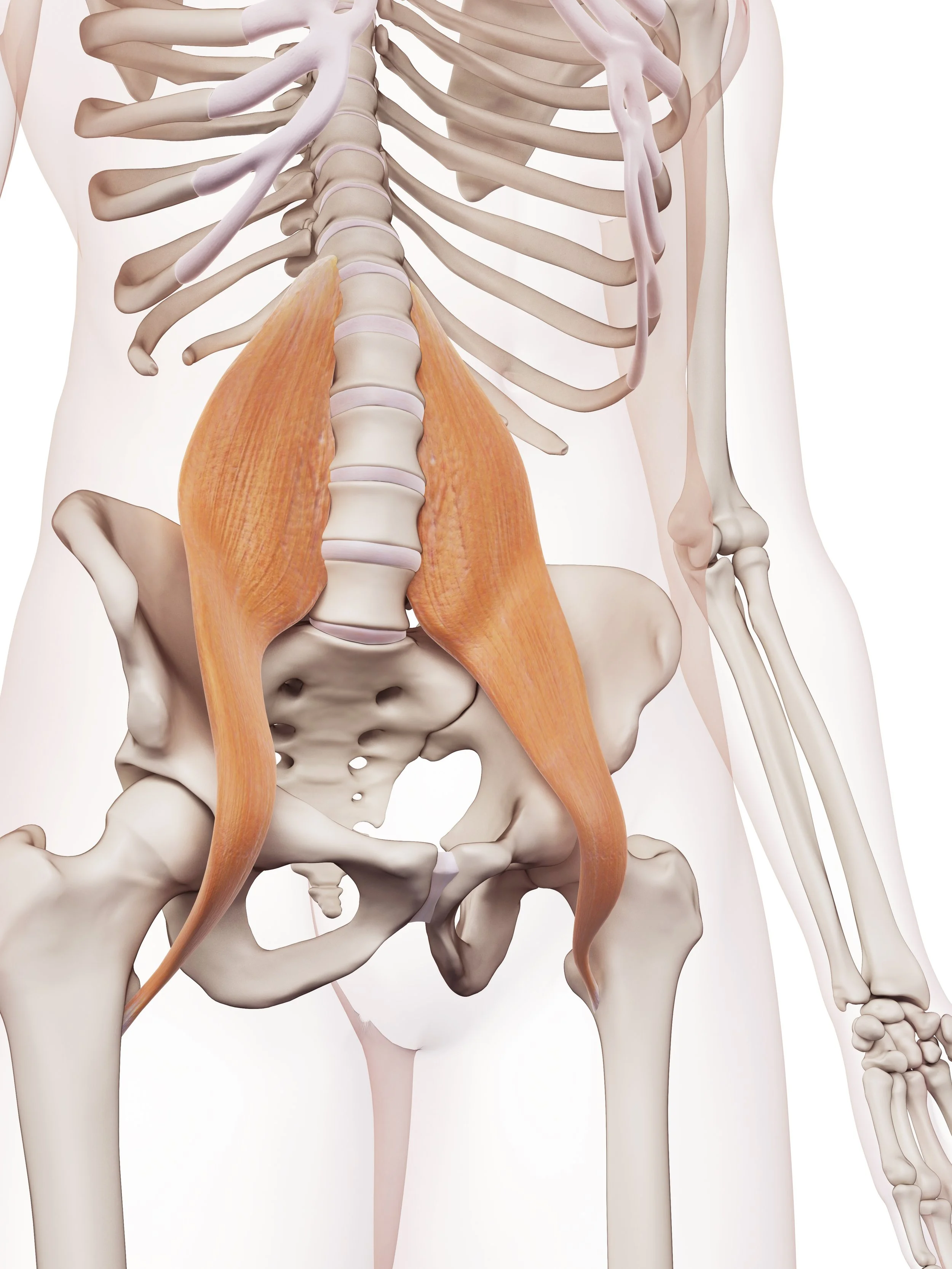Although this article is written more from the body building perspective, it does a good job at summarizing some of the most common lumbar stretches. As in all blanket recommendations, and especially if you are having some active lumbar symptoms, you will maximize the results of your time commitment to your exercise by having your treating provider customize the stretching routine for you. In some instances, the full lumbar extension ( superman exercise especially), may need to be modified or avoided if central lumbar stenosis is present from a posterior disc osteophyte complex. Conversely, the deep lumbar flexion stretches are not compatible with acute/active lumbar disc herniations. For the rest of people, gradually implementing those in your daily routine has a lot of benefits. Our sedentary lifestyles , especially for those people required to sit 8 hours a day, creates some unnatural patterns of shortening in the anterior body that need to be balanced out.
Are Infant Cervical Injuries Related to Their Type of Birth?
http://www.cjaonline.com.au/index.php/cja/article/view/215
This article did not catch my eye until I had a chance to listen to a science podcast review about it. The question posed by the study author, whether certain types of birth (vaginal delivery, C-section, forceps, or vacuum extraction), were more likely to result in cervical strains than others. The assumption being that the more intervention, the higher the likelihood the infant may suffer some degree of injury to the cervical spine.
The results were actually a little surprising. Except for the vacuum extraction, which seemed to be almost a guarantee to result in some degree of force injury, the other three types of “intervention” births showed no statistically significant difference in cervical spine outcome. BUT, what was really surprising is that even what we could consider a “normal vaginal” delivery could result in close to 50% of children exhibiting some abnormalities of upper cervical motion.
The moral of the story is that birth, no matter how uncomplicated it may appear to be, is still a potentially physically harsh process on the baby. From my perspective as a clinician, it means that we should still be on the same degree of lookout when evaluating infants regardless of the type of birth. Get the baby checked.
Spine, Chiropractic, and Quality of Life
https://search.informit.com.au/documentSummary;dn=234826632190981;res=IELIAC
I came across this article courtesy of a colleague down under. While there is a lot of modern/current published research on chiropractic applications to more straightforward neuromusculoskeletal conditions, the first chiropractors were much more interested in chiropractic impact on the the general health and well being of their patients by affecting the spine-central nervous system connection.
In that regard, this piece of research would be more in line with “early chiropractic”. The SF36 is a broadly recognized tool to assess a person’s overall well being rather than condition specific wellness. The first aspect of the research is that spinal and neuromusculoskeletal conditions are associated with a higher reported state of decreased well being that one might expect. The second aspect is that chiropractic intervention seems to improve the SF36 and thus the state of well being independently of the concurrent decrease in pain, which seems to indicate that chiropractic care affects well being not just by decreasing pain, as has been previously reported, but also by simply normalizing input to parts of the brain involved in mood regulations. This is very much what I have observed in over 2 decades of clinical practice, when proactive patients will often return for care with a sense that “something is off”, a sensation of not feeling well that they have recognized to precede the arrival of pain symptoms by a few weeks.
Reviving the debate on the safety of water fluoridation
In the world of pediatric public health, there are some ongoing controversies about some universally recommended preventive measures. One of those measures is public water fluoridization. It is considered a staple of public health dental prevention. Proponents argue for its safety, while detractors have long raised the alarm of fluoride as an extremely powerful halogen free radical, that has the potential of adversely impacting neurological development. Few studies have definitely put the debate to rest, but some fresh research may be starting the tip the balance in one direction.
The most recent Canadian study with a cohort of 500 women, is finding a pattern of child IQ drop proportionate to the level of maternal exposure, which should frankly have us concerned, even with the limits of the type of studies conducted ( epidimiological study, which draws conclusion from correlating population data with certain variables, in this case maternal intake and urine concentration of fluoride). All the more since a 2017 Mexican study indicated very similar results.
Everyone needs to make informed decisions about their health and that of their family based on the most current information, which is often complex and sometime contradictory. I hope this piece of research will help you in that direction
https://jamanetwork.com/journals/jamapediatrics/fullarticle/2748634
Chiropractic care in infants with colic and failure to thrive
I was listening to my usual Wednesday morning chiropractic research podcast of the week where this article was discussed. Case studies, in the pecking order of published research, are a weaker link of evidence of effectiveness for anything you study, however they are still very useful in formulating hypotheses to test out in larger numbers and controlled environments. The article is unfortunately published in an journal that requires a paid subscription for full viewing, as there were interesting details in the full article. In particular, the author questioned the description of “ easy birth” in any circumstances where an epidural was used, since the birthing mom full not be able to sense what it happening to the child, especially if there is any difficulty clearing the birth canal, if the baby gets stuck along the way, or if there are strong contractions while the baby is unable to progress. I have found that to be very true in my own practice experience, with non-medicated moms being able to describe in useful details what was happening to their child at different stages of pelvic descent. But the bottom line of the article remains: children with nursing difficulties, colic and subsequent failure to thrive may benefit for a chiropractic evaluation
Chiropractic and SIDS
https://europepmc.org/abstract/med/29299712
This may seem like a strange blog topic but, it was fresh in my mind after a visit to some extended family members in Montana. We went to tend to the family grave and I was reminded that the second child of 5 had died of SIDS at 15 months, back in the mid 70s.
The article on the causes of SIDS looks at a triad of risk factors that come together for a fatal outcome: a genetic predisposition, a vulnerable stage of neurological development, and a final environmental trigger. The latter one can be a variety of things, but it mostly involves some compromise of the autonomic centers in the brain stem that regulate breathing and heart rate. In the context of a chiropractic evaluation, any birth trauma to the upper cervical spine and lower cranial bones becomes that final environmental trigger and needs to be carefully assessed and gently corrected to remove the final risk factor for the developing infant or toddler.
Digestion, Chiropractic and its Neurological Connection to the vagus nerve
https://www.dietvsdisease.org/vagus-nerve/
I was reading through Joe Leech’s recent article on the vagus nerve and its immense contribution to the functioning of the neurology of the digestive system, when I realized that it would make a great blog article. Tucked at the bottom of the article is a bit of detail on the anatomy of the vagus nerve, which has a convoluted path starting in the brain stem, traveling very closely to the upper cervical vertebrae before reaching pretty much all of your bowels. The vagus nerve was recognized early on by chiropractors as a major anatomical neurological structure affected by their work on the spine, especially the upper cervical vertebrae. A fact that remains true today and apparently slightly elusive to the author of this otherwise pretty informative article.
Debunking the Idea of the Inevitability of Low Back Pain: What You Can do to Lower Your Risk
One of the tricky questions I often get when patients are dealing with recurrent lumbar pain especially, is whether or not there is an inherited familial predisposition to develop lower back pain.
The answer is mostly no, but it still has a few shades of gray scales. You will inherit certain spinal characteristics from your parents: slight variations in the collagen protein that makes up your spinal discs, supporting ligaments, and some spinal congenital anomalies that increase the mechanical stress to your spine. And families can sometime engage in the same type of occupation or hobby that carries a higher risk of injuries. However, the majority of your risk is related to your individual risk factors such as injuries and lifestyle choices (and indeed we tend to learn a lot of our habits, good and bad, with our folks).
This large scale review of modifiable risk factors for low back pain was co-authored by a DC colleague, who brings a slightly more hands-on, clinical perspective to data interpretation. The bottom line: do not be fatalistic about your risk of developing lower back pain as inevitable and be diligent in doing your part. In addition to some well known predisposing risks such as smoking, obesity, and inactivity was another biggie that is often overlooked: chronic sleep deprivation. Sleep is when we repair our soft tissues from the strains of the day and chronic sleep shortage creates a very poor environment for your frame to maintain its integrity.





